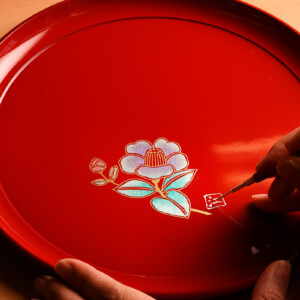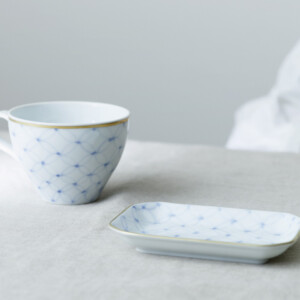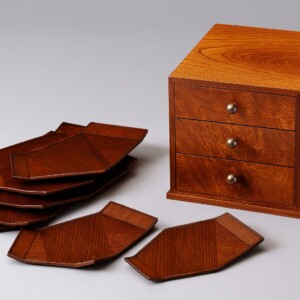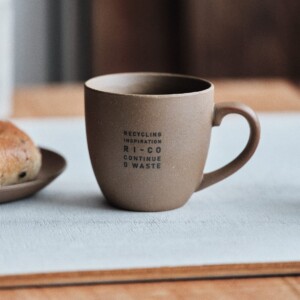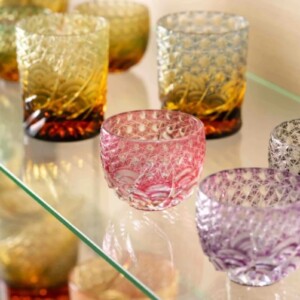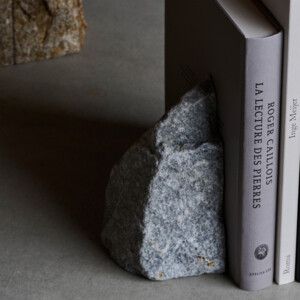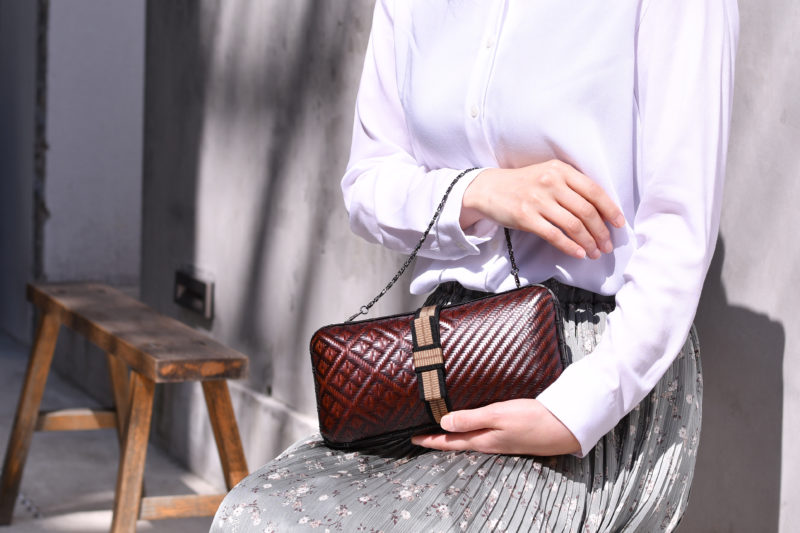
The Charm of Bamboo Baskets
Bamboo Studio Kibetsu” produces bamboo crafts rooted in Japanese lifestyle and culture, while respecting the material bamboo. The company’s bamboo basket bag, designed for easy everyday use,was awarded the Prime Minister’s Prize at the National Traditional Crafts Competition.Bamboo basket bags are classical to some and novel to others. In this article,we will discuss Mr.Hideaki Hosokawa, a bamboo craftsman who designs and producessuch bamboo basket bagsat “Bamboo Studio Kibetsu,”and the characteristics of his techniques.
Bamboo Baskets by “Bamboo Studio Kibetsu
Bamboo Studio Kibetsu is located on the northwest side of Nijo Castle in Kyoto. Bamboo, a material that has been indispensable to Japanese people’s lives since ancient times, has been fashionably designed with a modern sensibility. Let us introduce you to “Bamboo Workshop Kibetsu”.
Why bamboo?
There are many people in foreign countries who have never seen bamboo itself. On the other hand, bamboo is an indispensable material in Japanese life. Bamboo has long been a familiar material used in daily life, as it can grow and be used again after two or three years even if it is cut once.
Bamboo is neither a grass nor a tree, but has its own unique characteristics as “bamboo. It is a material that can take on a variety of forms depending on the craftsman who handles it. Kibushi uses madake, which is one of the toughest types of bamboo and hardly changes with temperature or humidity. Madake is the most common type of green bamboo in Japan, and has long been used for bamboo baskets, uchiwa (Japanese fan), and other bamboo crafts, as well as for landscaping and bamboo fences.
Bamboo Studio Kibetsu also uses white bamboo.The white bamboo, which is removed from oil over an open fire in Kyoto, iscalled“Kyo-mei-take” (Kyoto famous bamboo).Shirotake is the same type of madake as green bamboo, butits color, luster, and other characteristics change when the oil is removed.
About “Bamboo Studio Kibetsu
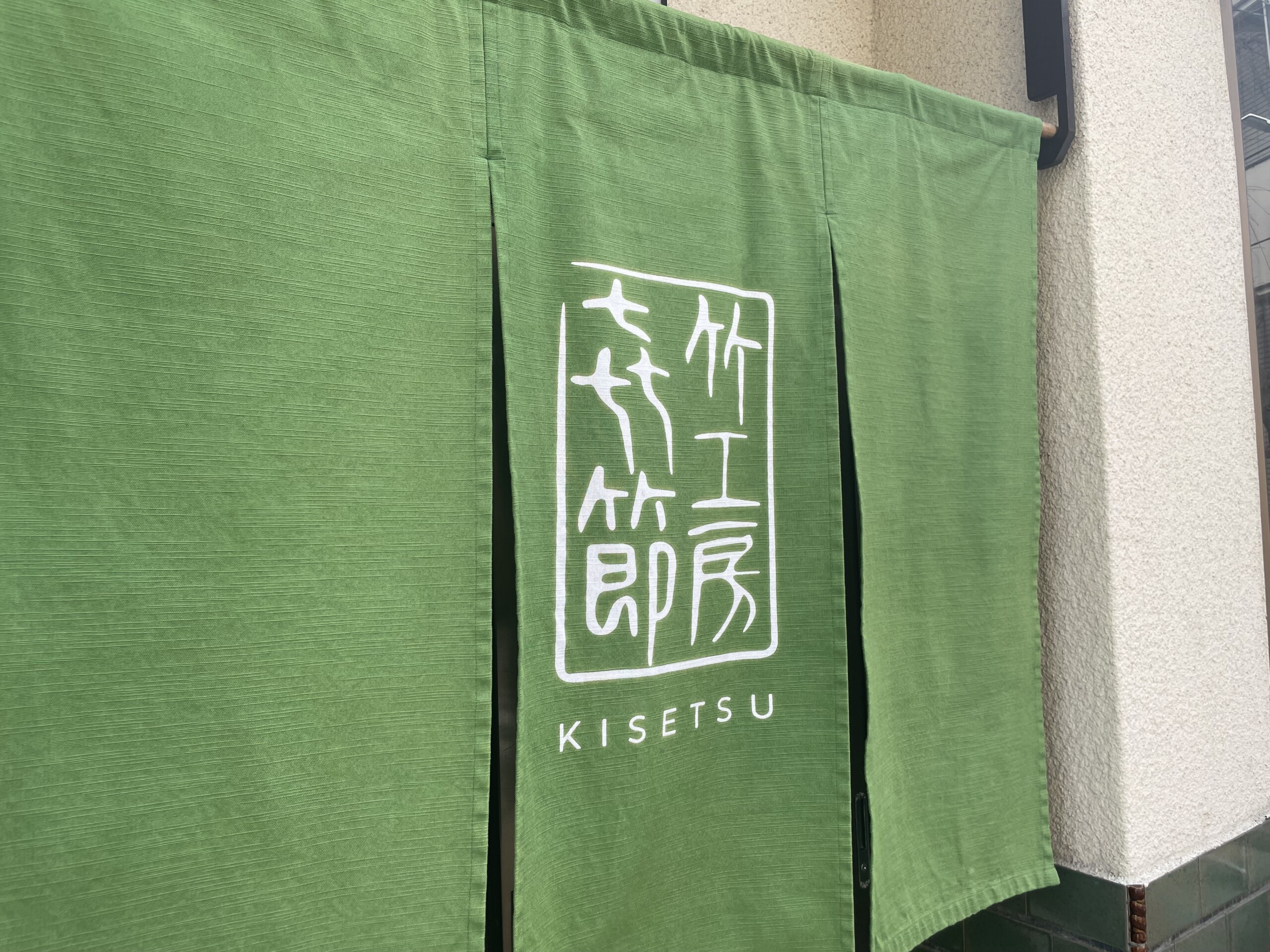
Bamboo Studio Kibetsu” produces bags, a tool for modern life, using techniques developed in special cultures. The trade name “Kibetsu” comes from our desire to create products that can be enjoyed in any season and that will please the user.
Braided bamboo is a traditional technique that takes full advantage of the flexibility and strength of bamboo. Bamboo Studio Kibetsu produces bamboo basket bags. The company handles all processes from bamboo splitting to weaving, lacquering, and sewing, and its craftsmanship is meticulous down to the smallest detail.
The braided craft requires such a long period of training that it is said to take “3 years to split bamboo” and has many techniques. There are about eight basic weaving methods, but there are infinite variations in shapes and weaving patterns by transforming and combining them.
Craftsman Hideaki Hosokawa
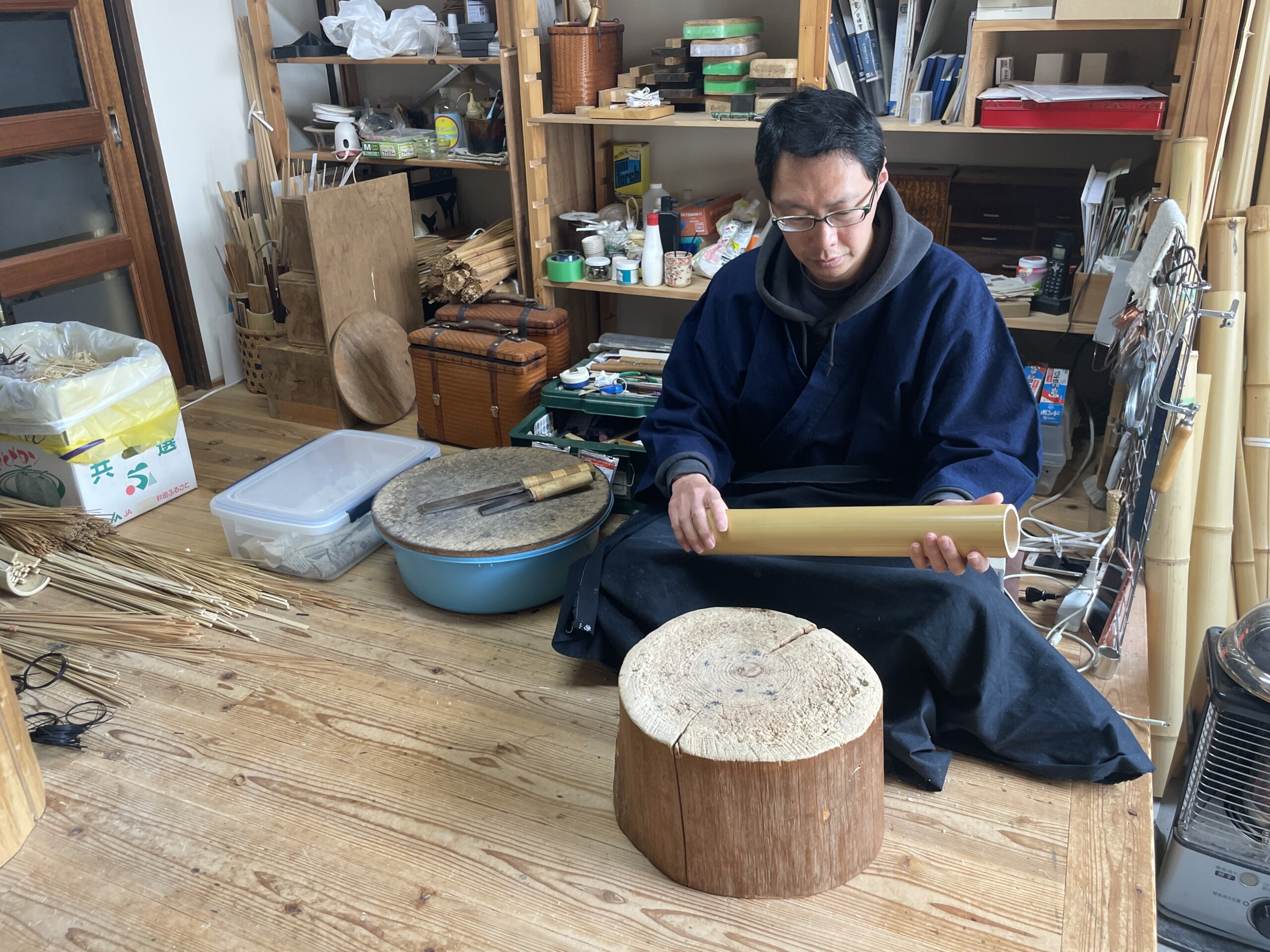
Bamboo craftsman Hideaki Hosokawa was born in Tokyo in 1974. He originally worked for a printing company in Tokyo, butat the age of31, he quit his job of 11 yearsand moved to Kyoto, where hebegan attending atraditional craftsschool.After graduation,he rented a corner of a communal workshoprun by graduatesand began his career as a private bamboo craftsman.
As an independent craftsman, he first worked on the development of standard products that would serve as his mainstay. In developing these products, I was reminded of a trunk case I made for my graduation project.When I presented it atthe graduation exhibition, it was quite well received and praised.
Until now, bamboo basket bags have had a strong image of being carried by women in summer kimonos, but at“Bamboo Studio Kibetsu“, we are proposing the use of bamboo basket bags in situations where they were not expected, such as clutch bags that match dresses and other Western clothing, briefcases for men at work, trunk cases to carry luggage when traveling, etc. We are also developing a new line ofbagsthat can be used in a variety of ways. The “Bamboo Craft Workshop Kibetsu” has proposed the use of bamboo basket bags in situations where bamboo basket bags were not expected before, such as clutches that match Western clothing such as dresses, briefcases for men to use at work, and trunk cases to carry luggage when traveling.
Three recommended products
It takes about half a year for the production of “Bamboo Studio Kibetsu” products to start after receiving an order. All processes are done by hand.Even for tasks that seem simple,such as splitting and weaving the bamboo, expert skill is essential, as it is impossible to deviate even by a millimeter. To make the bamboo the same width and thinness, one must have many years of experience and skill.Here are some of the recommended products of “Bamboo Studio Kibushi”.
Ajiro-knitted clutch bag
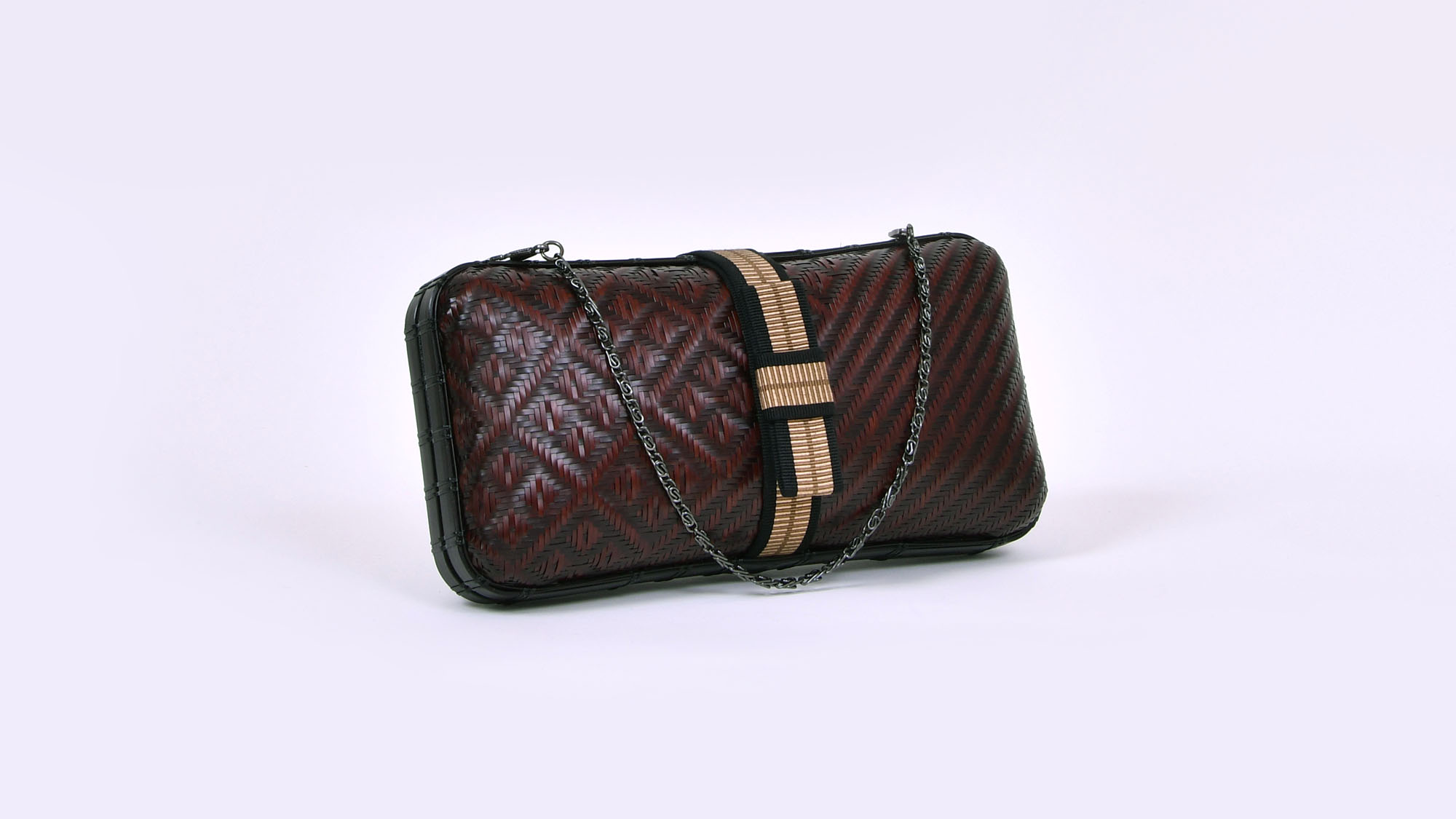 From the official website of “Bamboo Workshop Kibetsu
From the official website of “Bamboo Workshop Kibetsu
Most of the products of “Bamboo Studio Kibetsu”are woven by the technique called “Ajiro-weaving”.
Ajiro-weaving has a long history, and some baskets have been found at archaeological sites from the Jomon period onward. Ajiro-weave weave marks can be seen on the bottoms of Jomon earthenware, which was used as a rug during the production of earthenware. In an age when there were no machine-woven cloth or plastic sheets, it was difficult to obtain objects of a certain area from the natural world, and it is thought that Ajiro-weaving, which was made by weaving together familiar materials, was an essential part of human life.
Ajiro-weave clutch bag” is made of thinly split bamboo about 2 mm wide and 0.2 mm thick, dyed two colors of brown, light and dark, to createthe impression of a pattern bychanging the color scheme, even though it is thesameAjiro-weave.
The inside of the bagis covered with fabric witha bamboo family crest pattern in a Kyo-yuzen gold-platedfinish, and the center divider has a pocket with a zipper and a pocket for cards and other items.The center of the bag is made of pure silk Sanada-himo cord, hand-woven in Kyoto, and opens and closes with a magnetic hook for ease of use. This bag is useful for a small amount of hand luggage.
Ajiro-knitted Tote Second Bag
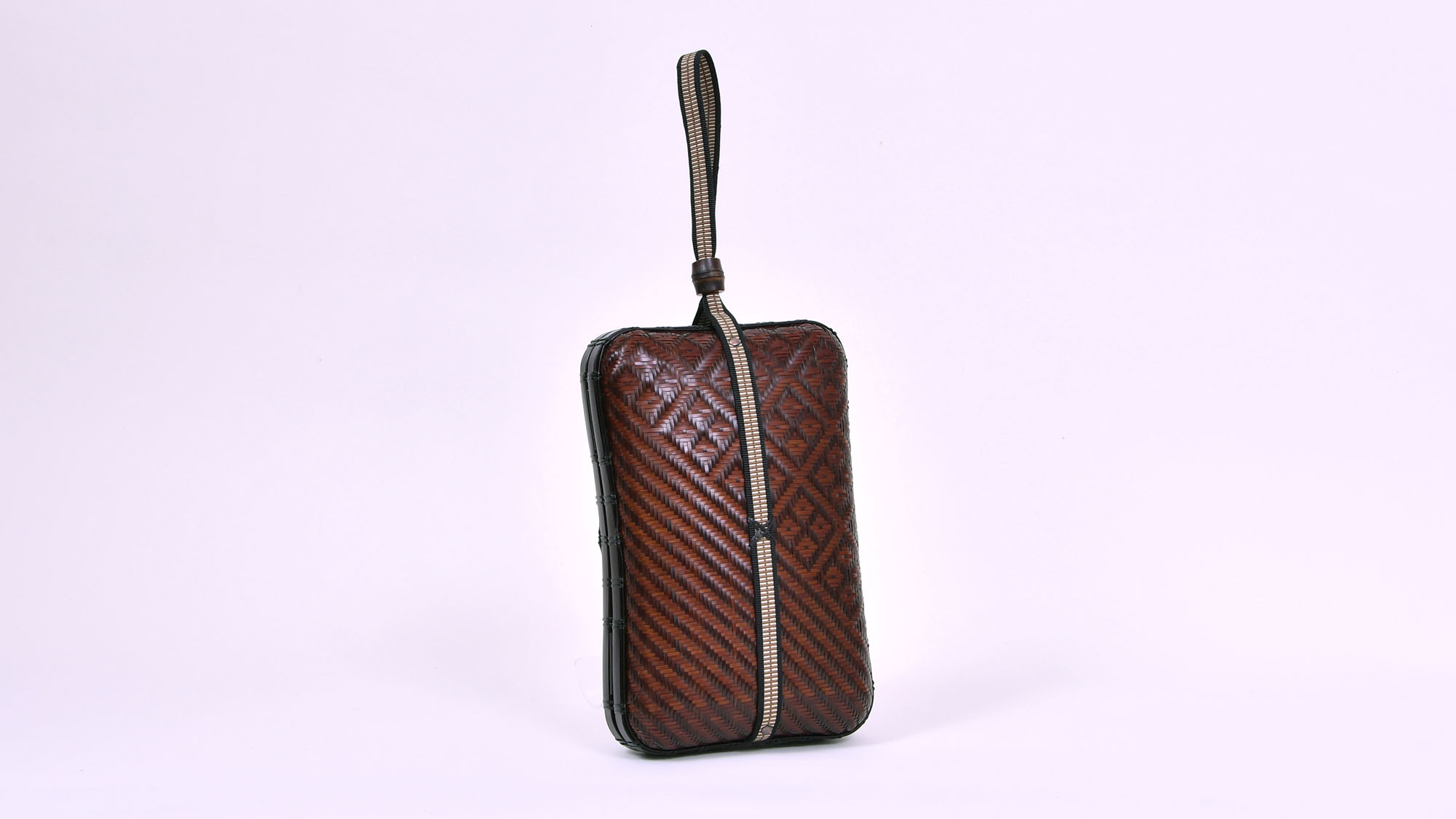 From the official website of “Bamboo Studio Kibetsu
From the official website of “Bamboo Studio Kibetsu
The “Ajiro-knitted Second Bag” was created with the image of a bamboo basket bag that can be carried by men regardless of whether they are wearing Japanese or Western clothes.
The Sanada-himo cord, which is also used in clutch bags, is placed vertically as a handle, creating a casual design that can be hung and carried by men.While it is an Ajiro weave,the pattern is drawn bychanging the color scheme. The interior iscovered with fabric with a bamboo family crest pattern in a Kyo Yuzen gold-plated finish as in the clutch bag, and the center divider has a pocket with a zipper and pockets for cards and other items, so it can be used as a purse bag as well.
Ajiro-knitted briefcasewithshoulder strap
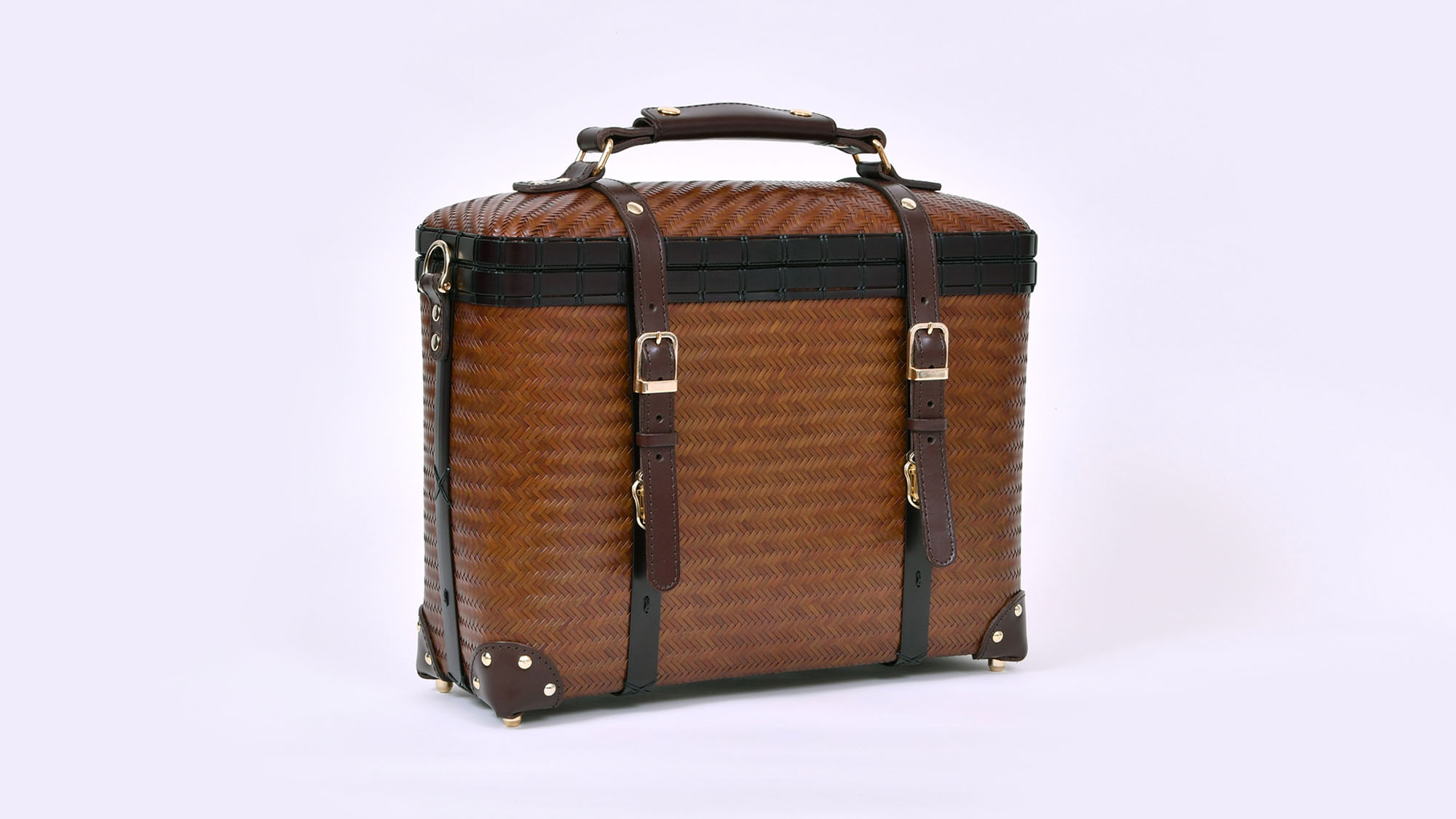 From the official website of “Bamboo Workshop Kibetsu
From the official website of “Bamboo Workshop Kibetsu
Ajiro-weave Briefcase” is also a work mainly made by Ajiro-weaving. It is made of thinly split bamboo, approximately 3 mm wide and 0.2 mm thick, which is painstakingly woven together. By weaving the material in different bamboo widths, the netting is finer than that of a trunk, giving the impression of a leather product at first glance. Unlike ordinary bamboo basket bags, it has a lid, and the inside of the bag is lined with fabric and has pockets placed inside. In addition, cowhide is used for the handles and corner pads, and the collaboration of bamboo and cowhide is another charm of this product. Gold metal fittings are used as accents, creating a sense of luxury.
It is also a great point that an A4 size envelope can fit in the bag. Although this bag was produced with business scenes in mind, it can also be used as a hand-held bag or a shoulder bag, making it suitable for a variety of work and private occasions.
Conclusion
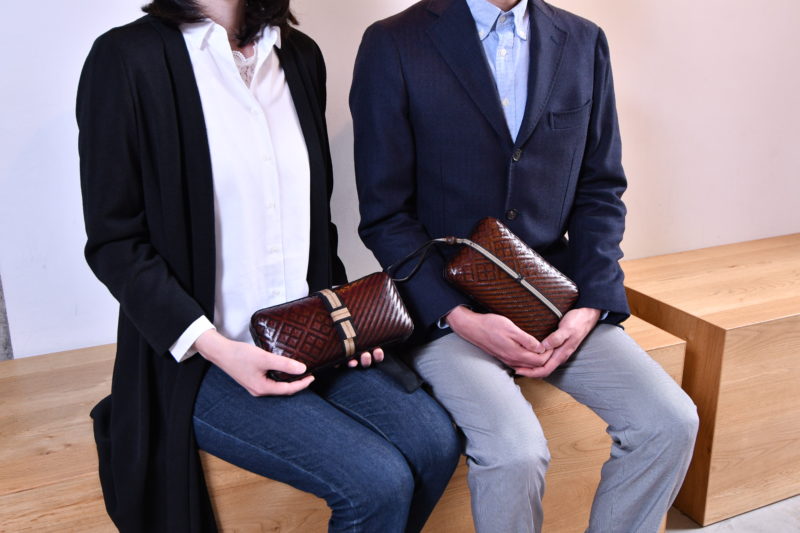 From the official website of “Bamboo Studio Kibetsu
From the official website of “Bamboo Studio Kibetsu
In this article,we introduced the technology of “Takekobo Kibetsu” and its designs that have evolved from Japanese to Western styles. Bamboo, a material that has been valued since ancient times in Japan, has been developed into a material that can be enjoyed both casually and formally by “Takekobo Kibushi.Hosokawasays, “I want to make products that people can use, because if they were to be displayed, they would lose their meaning as a craft.
In order to convey the charm of Kyoto’s bamboo to the world, Hosokawa continues to take on new challenges, such as collaborating with the Sohoku Kiln to produce works of art. Please keep an eye on the future activities of “Bamboo Studio Kibetsu.



